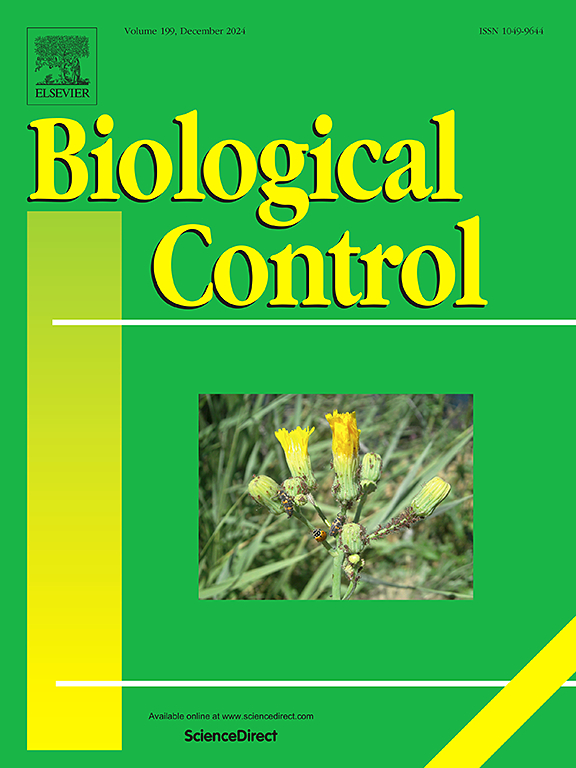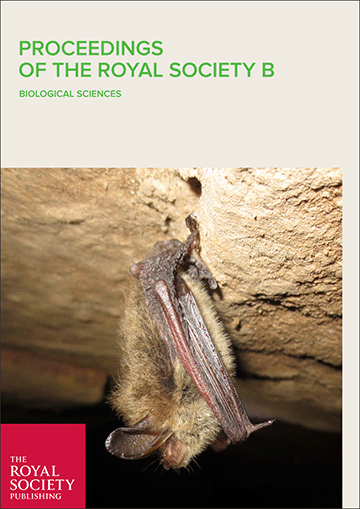Human beings are dependent on ecosystems and the services they provide. Some services are currently being overexploited, resulting in degradation and further pressure on already vulnerable people in e.g., sub-Saharan Africa. Long-term and stable delivery of ecosystem services (ES) is suggested to be enhanced by more diversified farming systems that e.g., mix crops with trees and livestock. Despite the amount of research on ES, few previous studies have identified and compared the roles of trees and livestock for ES considering farm priorities within smallholder systems. We studied the role of trees and livestock for ES provision as well as farm priorities for smallholders in Kenya. Twenty smallholder farms (0.2–0.8 ha) were studied for 1 year in a fully factorial design of high or low tree and livestock density systems. Data were collected on indicators for provisioning (crop, tree and livestock production), supporting/regulating (water infiltration, soil organic carbon and nutrients) and cultural (recreation and aesthetics) ESs. In addition, farm priorities were studied, considering nutrient management, on- and off-farm resources, food and consumption, and crop, tree and livestock species diversity. A mix of qualitative (e.g., semi-structured interviews, seasonal calendar) and quantitative (e.g., soil analyses, infiltration tests) methods were used to collect data. This study confirmed roles of trees and livestock for ES and farm priorities, although they in some cases appeared less important than family labour and farm size. Results showed that high tree density was related to higher workload, lower proportions of off-farm revenue as well as higher crop, fruit and tree diversity for the household. Tree or livestock density showed no clear relation to provisioning, supporting or regulating ES. However, cultural services were on average provided more by trees than livestock. Available family labour was positively related to both farm production (provisioning services) and crop, tree and livestock species diversity. The use of manure, compost and mineral fertilisers was overall low, and the application rate per unit area seemed higher on farms with less land which was reflected in higher soil P and Ca concentrations. The challenges of already small and reducing farm sizes need to be targeted seriously in research and development efforts. Also the issue of labour requirement and pathways for mechanization must be addressed to attract a new generation farmers to develop sustainable and profitable farm enterprises providing ES to the farm and the surrounding landscape.
DOI:
https://doi.org/10.1016/j.agsy.2020.102815
Altmetric score:
Dimensions Citation Count:

Publication year
2021
Authors
Nyberg, Y.; Wetterlind, J.; Jonsson, M.; Öborn, I.
Language
English
Keywords
ecosystem service, livestock, profitability, service provision, smallholder, soil organic matter, species diversity
Geographic
Kenya























